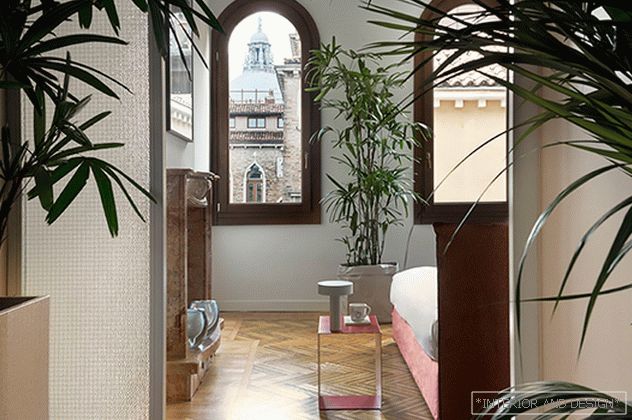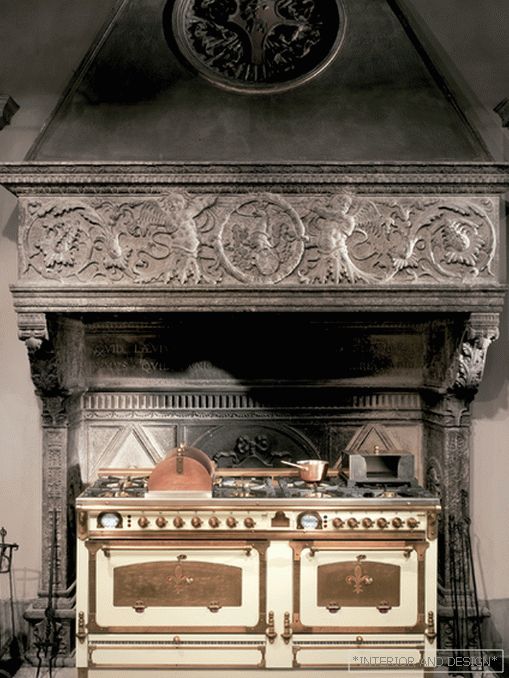Stones in life and design

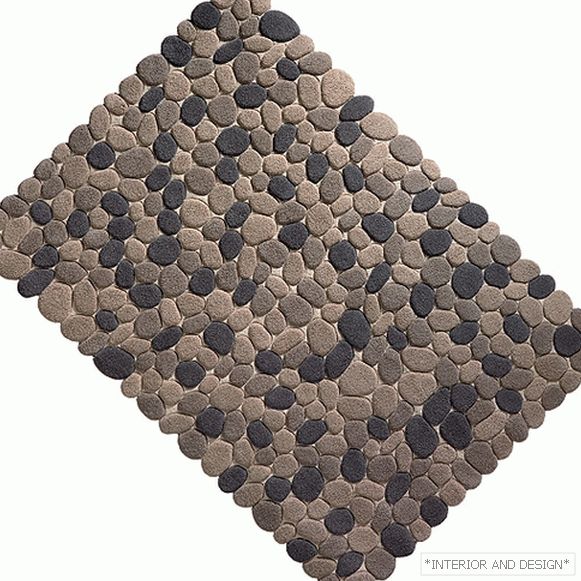
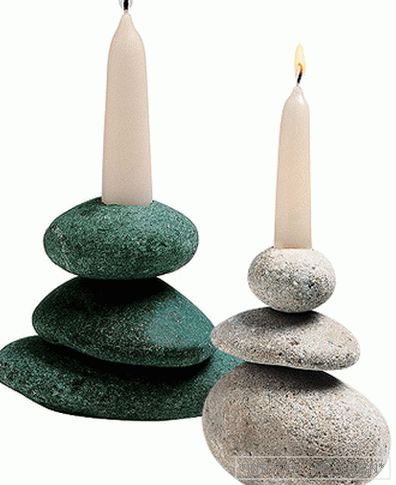
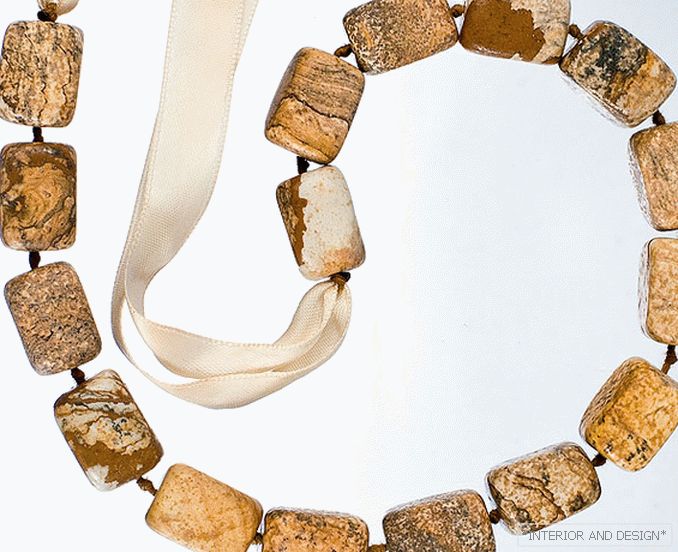
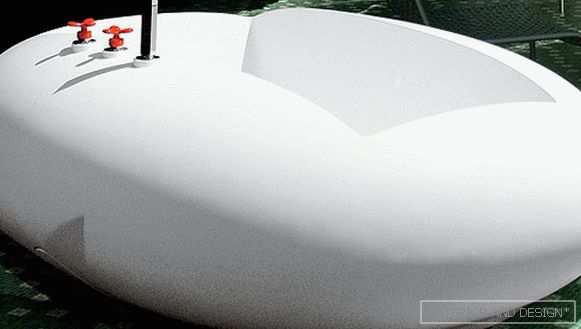


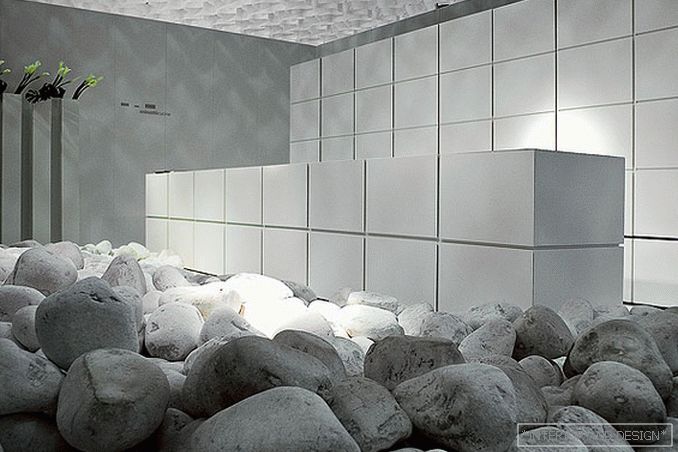

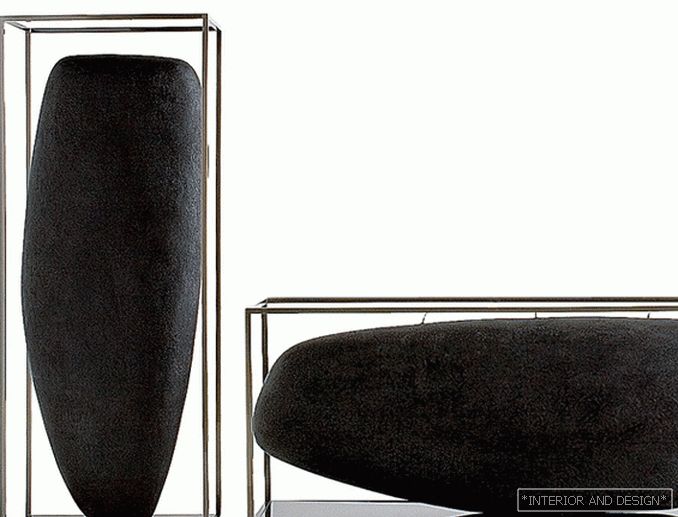

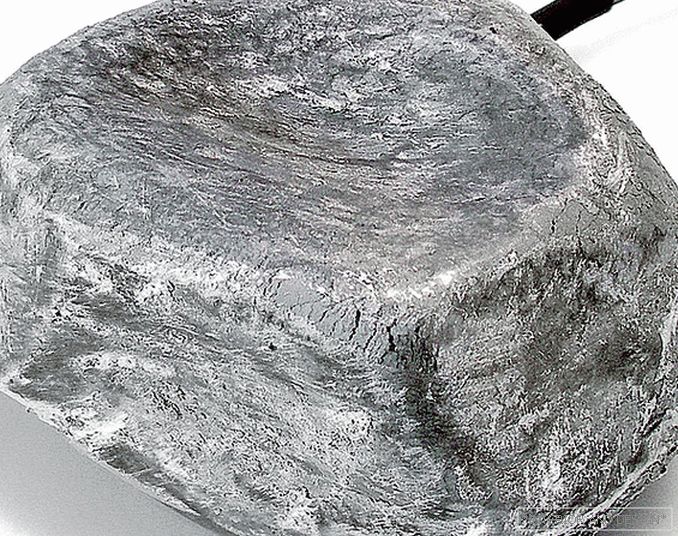

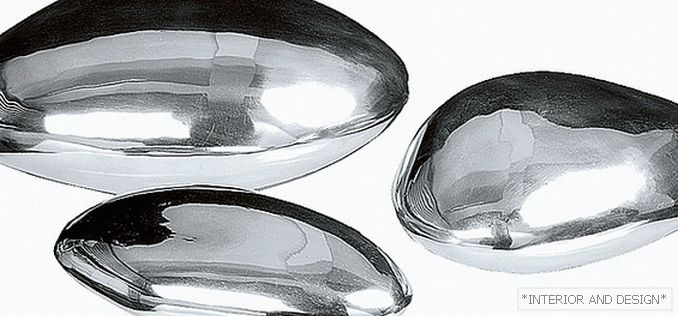 Passing the gallery
Passing the gallery Leading headings: Karina Chumakova
Magazine: (129)
Stones can be used as a universal test for aesthetic consistency. This refers to no non-precious stones, but the simplest ones are all sorts of boulders, boulders, at best, coastal pebbles. If you are able to see the beauty in them, then you are either an esthete, or a Japanese, or a modern designer. Or all of the above.
As a child, everyone, perhaps, felt a craving for picking up nudes on the seashore and spent more than one hour in search of a beautiful pebble. The hypnotic properties of stones were felt by the ancient Japanese, who even considered their placers as the habitats of the gods. Fortunately, there are many gods in the Japanese pantheon, and there are plenty of them to populate all the national parks and rock gardens.
In modern design, stones play themselves, incarnating in candlesticks, lamp bases, peeking through the transparent resin of the finishing tile, turning into a pebble mosaic. The latter, scientifically called "barbaricum", is experiencing a new round of popularity. Originated in the Mediterranean, pebble mosaic is quite appropriate in central Russia, not least because of its practicality.
There are cases when other materials like Koriana are made up for cobblestones.®, felt, plastic and wax. Indeed, in the art of masking one for another, designers are not known to be equal. And they can be understood: the cobblestones will not be solved in their house, perhaps even the most notorious esthete.
Corian® - registered trademark of E.I.DUpon de Nemours and Company. Only DuPont produces Korian.®

